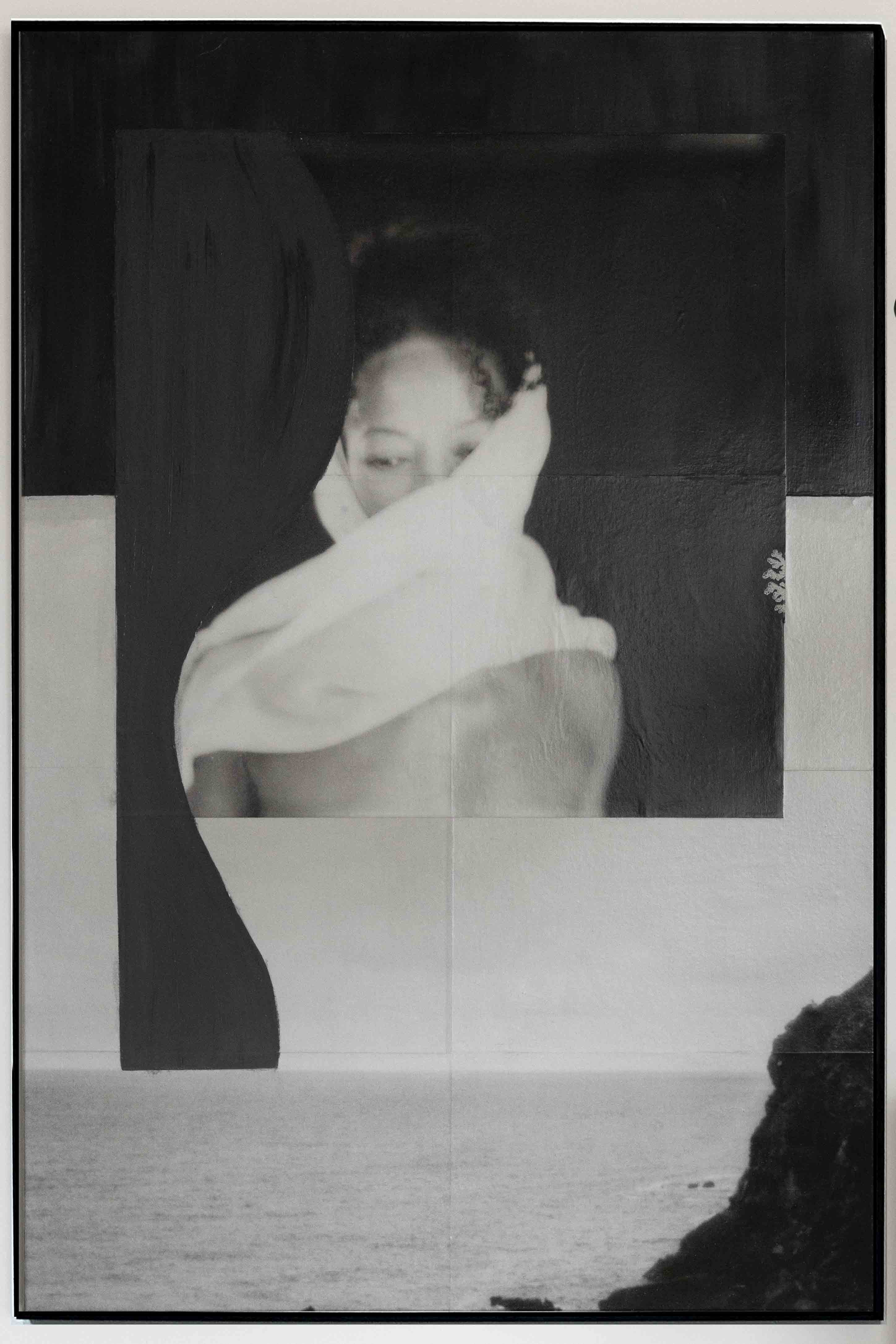
Margaret Lansink
A journey of transformation, growth and exploration within ourselves in connection to the natural world.
Photography, for me, is about creating an intimate space for reflection. An approach that mirrors life’s fragility and uncertainty, yet inherently beautiful in its complexity.
Margaret Lansink is a Dutch fine art photographer based in Amsterdam. Her work has been exhibited globally in cities such as Amsterdam, Paris, Antwerp, New York, Tokyo, Kyoto, Tbilisi, and Vancouver, earning her numerous prestigious awards. She has published eight books, four of which she crafted by hand.
Her work delves into the complexities of human identity and its intricate connection to nature’s evolving forms. Rooted in the tactile process of analogue photography, Lansink’s creative journey embraces slowness and immersion, blending intention with intuition. She allows the unpredictability of the medium to shape her work, where imperfections and unexpected results are not corrected but embraced, becoming integral to the final piece. The resulting images invite to reflect, resonating beyond the first glance.
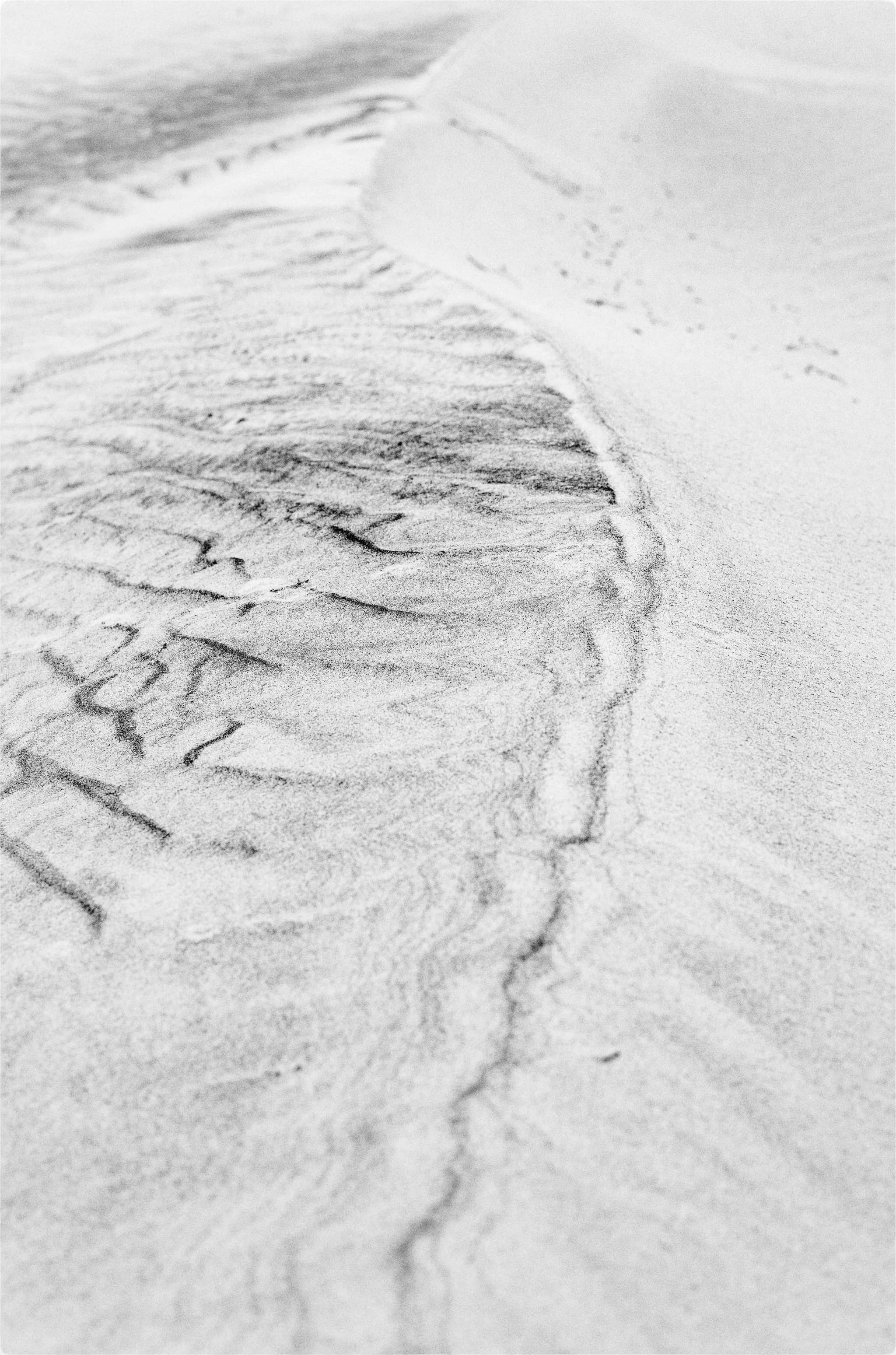
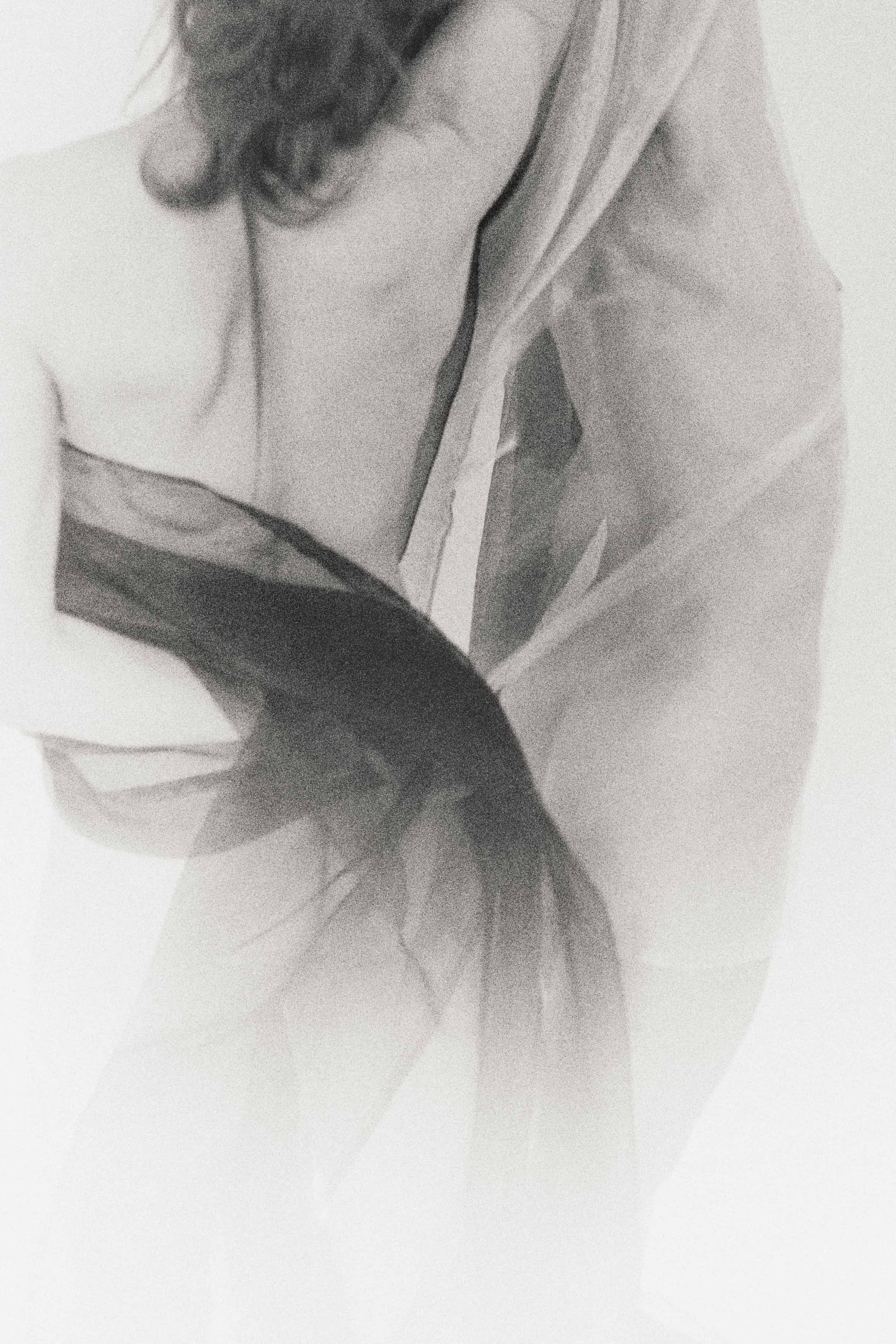
I want to encourage a deeper understanding of ourselves as human beings and therewith truly see the invisible threads that connect us as humans.
Your work delves deeply into human emotions, exploring themes such as human identity, emotions such as fear, our connections with others, and how we present ourselves to the world. What inspired you to focus on these intimate yet universally relatable subjects?
My focus on themes like human identity, connection, and the emotions that define us stems from a deep fascination with the shared experiences that make us human. I am intrigued by the tension between vulnerability and strength, by the masks we wear and the truths we try to hide. These subjects are universal, yet deeply personal, and it’s within that duality that I often find my inspiration.
My work is always influenced by my own life experiences — moments of connection, loss, reflection, and growth. I see photography as a way to translate my emotions into something tangible, to create a space in which the viewer is able to feel recognized or feel seen. In this it is for me not about providing answers but find moments of reflection: Who are we really? What do we fear? How do we relate to each other and to ourselves?
By exploring these themes, I want to encourage a deeper understanding of ourselves as human beings and therewith truly see the invisible threads that connect us as humans, even with all our differences. It’s a way to navigate the complexities of life, both for myself and for those engaging with my work.

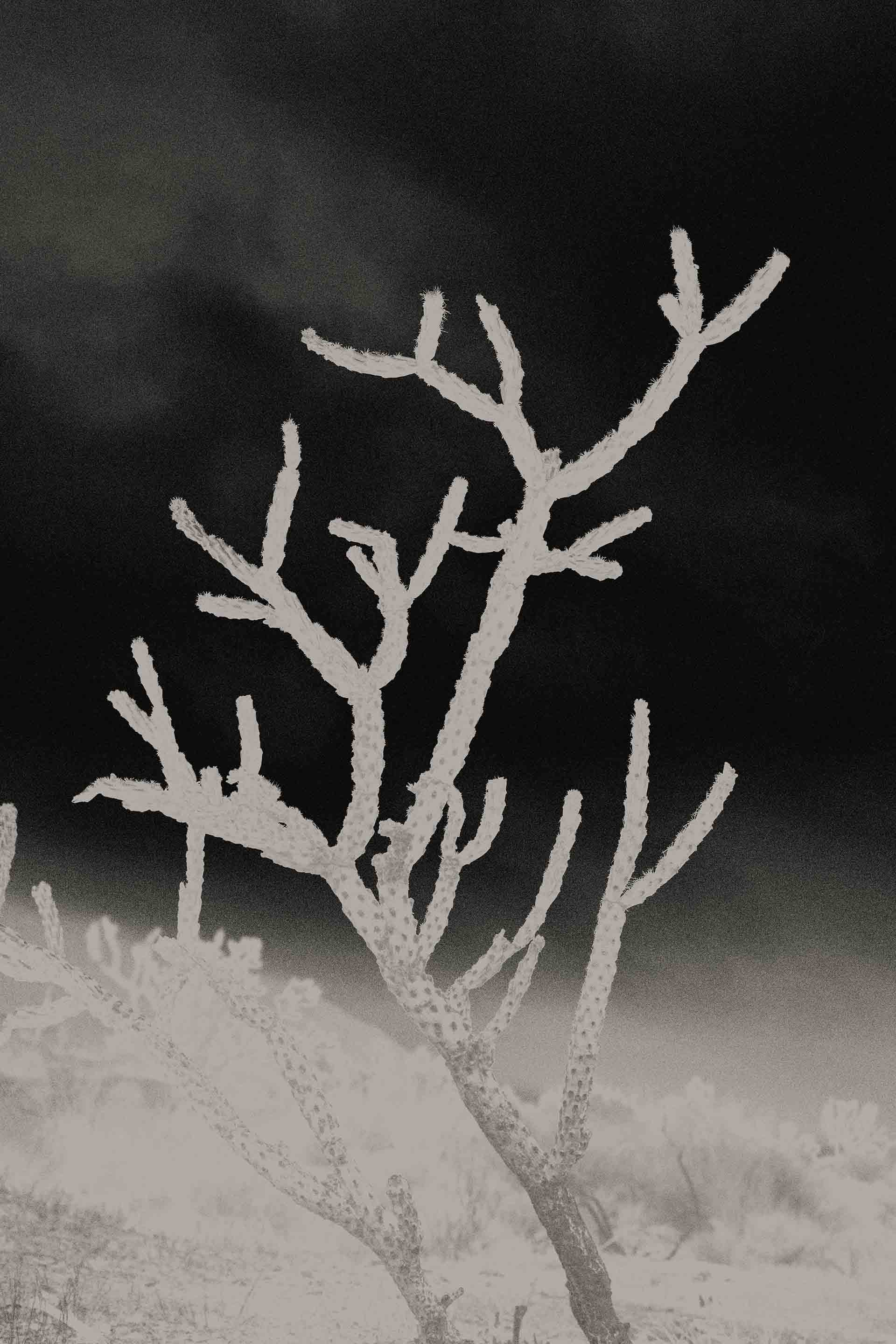
Women, and the female body in particular, are a recurring focus in your work. What is it about women—their presence, the way they carry themselves, and their place in the world—that inspires you?
I feel a strong admiration, curiosity, and a desire to explore the nuances of female identity. Women bring so much duality with them — strength and fragility, resilience and vulnerability — often all at once.
There is this quiet power in women that inspires me to delve deeper, to uncover and celebrate the beauty, complexity and truth of female existence. For me, the female body is not just a shape but a vessel of stories — of life, love, loss, and survival. It reflects personal and collective histories that are often overlooked or left unspoken. Through my work, I want to honor this and create a female gaze which sees women on their own terms, free from expectations or societal projections.
Your imagery beautifully balances a darker, minimalistic aesthetic with delicate humanistic subjects. How does the intricate contrast between these elements enhance the emotional depth of your visuals?
I am drawn to minimalism because it strips away distractions, allowing for subtle details and emotions to emerge. It creates a kind of stillness to pause and build a quiet yet powerful dialogue between form and feeling, encouraging the viewer to reflect not only on the image but also on their own internal struggles.
For me the darker tones reflect the complexities of life — the shadows we carry, the fears we face, and the unknown we often are forced to navigate. By connecting these elements with human subjects, I aim to create a tension in my images that mirror the fragility and resilience within us.


Nature strips away the noise of daily life and reveals something deeper — a sense of clarity, stillness, and belonging.
In your series Water, you highlight the vital role of water in sustaining life and balancing our mental and energetic states. How do you see nature influencing our sense of being and connection to ourselves?
I see nature as a mirror and a refuge. It offers a space to reconnect with myself on the most fundamental level. In its vastness and beauty, nature has the ability to strip away the noise of my daily life and reveal something deeper — a sense of clarity, stillness, and belonging.
Water, in particular, has always fascinated me. It sustains us physically but also nurtures us emotionally and energetically. Its fluidity reminds me of the importance of adaptability, of letting go and allowing life to flow. Being close to water quiets my mind and opens my heart.
Nature is not separate from us; we are a tiny part of it. This understanding brings me balance, healing, and a sense of grounding.

In your series Friction you also talk about the concept of fire, you explore the concept of “eternal becoming”, both within ourselves and the natural world. How do you see this ongoing transformation in nature mirroring or contrasting with the human experience of growth?
In Friction, the concept of fire serves as a powerful metaphor for transformation. Fire embodies the essence of change — it destroys, but also clears the way for renewal and growth. A forest burned by fire will regenerate, water will carve through stone and mountains will shift over time. In nature, this cycle is unending and part of an eternal rhythm of becoming. A transformation which is constant and unapologetic, without resistance or hesitation.
In contrast, the human experience of growth is often more complex, filled with friction — a push and pull between holding on and letting go, fearing the loss it brings or the uncertainty of what lies ahead. Yet, like fire, our struggles and transformations are what shape us, revealing the essence of who we are becoming.
These two forces — nature’s quiet, unstoppable transformation and our own internal, often tumultuous journeys — are deeply interconnected as nature reminds us that growth is not linear or easy, yet essential. Through Friction, I wanted to explore this parallel, inviting viewers to reflect on their own cycles of destruction and renewal, and to find beauty and strength in the unknown, in the process of eternal becoming.


In Unbound, you emphasize the need to break free from conventional frames of thinking to reconnect with nature. How do the Polaroids in this work reflect humanity’s journey toward rebuilding a deeper bond with the natural world?
In Unbound, I used Polaroids as a deliberate choice to illustrate humanity’s relationship with nature. Polaroids are immediate, raw, and unpredictable — much like nature itself. They demand presence and an acceptance of imperfection. The tactile nature of Polaroids evoke a sense of the moment, reminding us of the need to physically and emotionally be present in that moment, rather than viewing it through distant, digital lenses.
Each Polaroid in Unbound represents for me a fragment of this reconnection — an invitation to pause, observe, and reflect. Together, they create a narrative of breaking free from our rigid structures and return to a more instinctive, harmonious relationship with nature.
My work seeks to hold hope and despair together, nudging viewers to reflect and protect this world we call home.
With your deep admiration for nature and thoughtful exploration of the connection between humanity and the natural world, how do you perceive the current direction we are heading? How do you reflect on the impact of humanity’s actions on the planet and the sadness surrounding its treatment?
The impact of humanity’s actions on the planet is something I carry with me deeply, both in my work and in my daily life. It comes with a profound sense of sadness, knowing that the beauty and balance of the natural world is being disrupted by our own hands. It’s about recognizing that we are part of its ecosystem, not masters of it.
We truly have become disconnected — from nature, from each other, and even from ourselves. Through my work, I aim to confront this by creating sparks of awareness and reflection. I see art as a reminder of what we stand to lose, like the irreplaceable beauty of a glacier melting away, the utter silence of a forest cleared…
I often feel torn between hope and despair. My work seeks to hold these emotions together, nudging viewers to feel, reflect, and perhaps even take small steps to cherish and protect this world we call home.
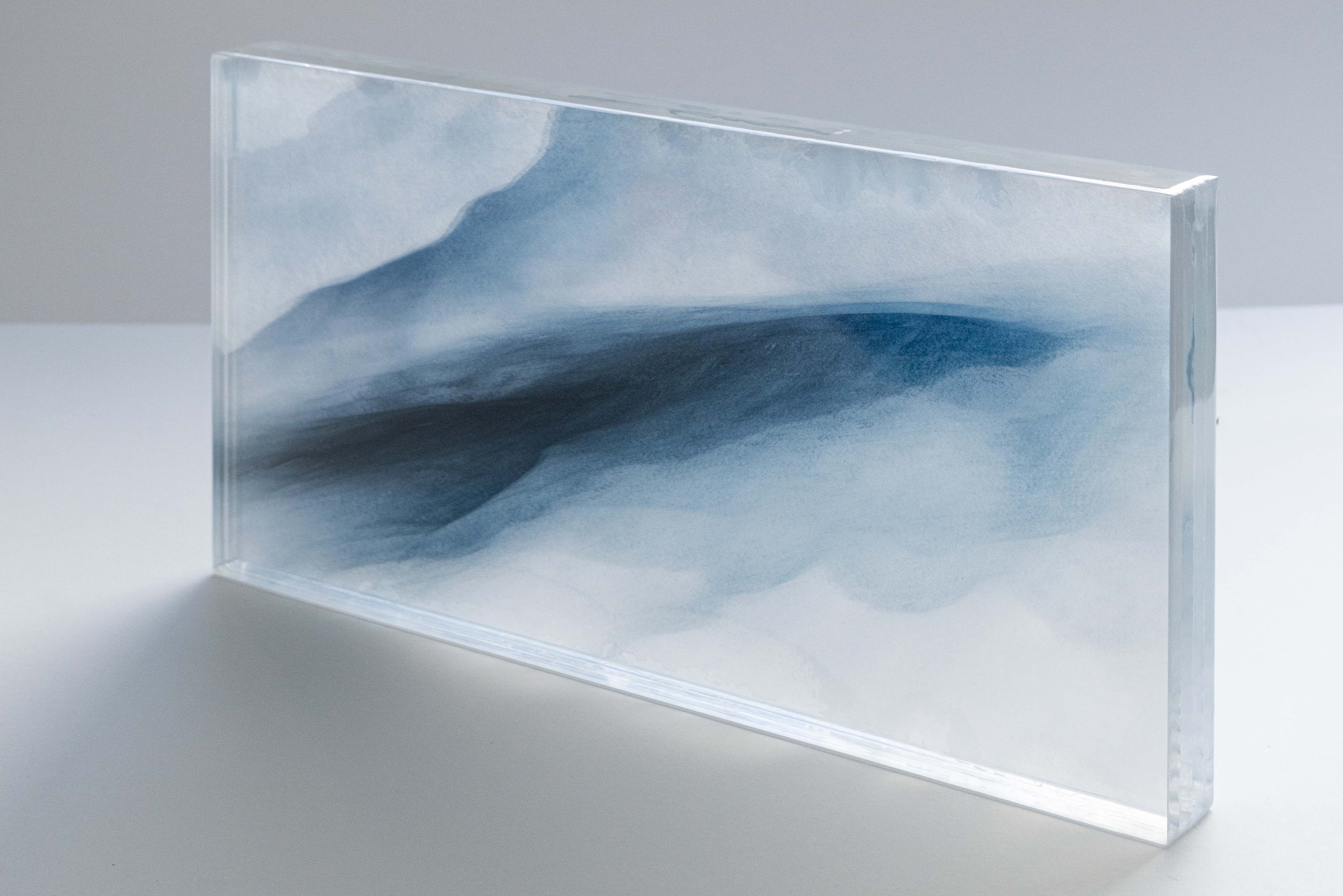
When viewers engage with my work, I hope they feel a sense of connection — to themselves, to others and the world around us.
Finally, what message or feeling do you hope viewers take away from your work when they view it?
My art is not to provide answers but to evoke questions, emotions, and reflections that linger long after the images are seen.
With my art I want to create an intimate space to pause, to explore, to confront the tensions and vulnerabilities that shape our existence. Ultimately, I hope my work inspires a deeper awareness of what it means to be human — to feel, to grow, to connect — and a greater appreciation for the delicate balance of life that surrounds us. If it stirs even a small moment of introspection or empathy, then I feel it has fulfilled its purpose.